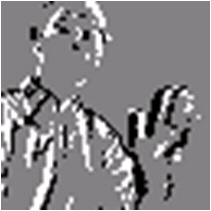Research Group: Smart Sensors
The Smart
Sensors group aims to foster research, development, and industrial dissemination
of knowledge related to the emerging field of sensors and associated systems.
We target the combination of custom designed sensor and energy-efficient signal
processing algorithms, making it possible to simultaneously increase the
computational throughput and efficiency, therefore to translate this success to
cost-effective systems with the potential for broad application areas. The activity is genuinely multidisciplinary, leveraging knowledge and expertise
from fields such as mixed-signal integrated circuits, signal processing
algorithms and their VLSI implementation.
On-going Research Grants
1. High Speed Motion & Imaging Sensor-Bringing High Speed To Low Cost
Wide Application, SMART, PI, 2015-2017.
2. Low Power Frame-less Image Sensor for High Speed Object Tracking, NTU, PI,
2014-2017.
3. Project Interstellar, DSTA, PI,
2015-2017.
4. Tropical Environmental Monitoring Satellite, EDB, Co-PI, 2013-2018.
5. Surface Plasmon Enhanced Uncooled Midwave Infrared Photodetecting
Cameras for Thermal Imaging, EDB, Co-PI, 2014-2017.
6. Radiation Resilient Microcontroller for Small-Satellite Applications, EDB, Co-PI, 2016-2018.
7. Continuous Parallax Displays (Programme Title: Towards The Reality of
3D Imaging and Display: Development of the World's First Viable Glasses-free
Television System), NRF, Co-PI, 2014-2019.
Completed Research Grants
1. Towards "3D" Nanoscope with Super Spatial Resolution, MOE,
PI, 2013-2016.
2. Circuit Design for Time To Reference Column Parallel Current Mode ADC
and High Speed Motion Detection Sensor Using SMPD, One Photon Pte, PI,
2014-2015.
3. Light Weight Low Power Star Tracker for Small Satellites, NTU, PI,
2014-2015.
4. Circuit Design and Implementation for Column Parallel ADC, One Photon
Pte, PI, 2013-2014.
5. A New CMOS Image Sensor for Satellite Remote Sensing
Application, DSTA, PI, 2011-2014.
6. A floating-gate based sub-threshold, low-power, reconfigurable neural
processor with applications to visual attention, recognition and tracking,
NTU, Co-PI, 2011-2014.
7. A self-powered CMOS image sensor with on-chip motion detection for
surveillance and assisted-living applications, NTU, PI, 2010-2013.
8. NeuroVision: a compact real-time synethetic vision system in
neuromorphic circuits, AStar, PI, 2012-2013.
9. 65nm CMOS standard-cell library for harsh environment, MINDEF-NTU, PI,
2011-2013.
10. Biomimetic event-based vision system for assisted-living and machine
vision application, NTU, PI, 2009-2012.
Projects Highlights
|
1.
Dynamic
Vision Sensor - CeleX-I (2015) |
|
|
|
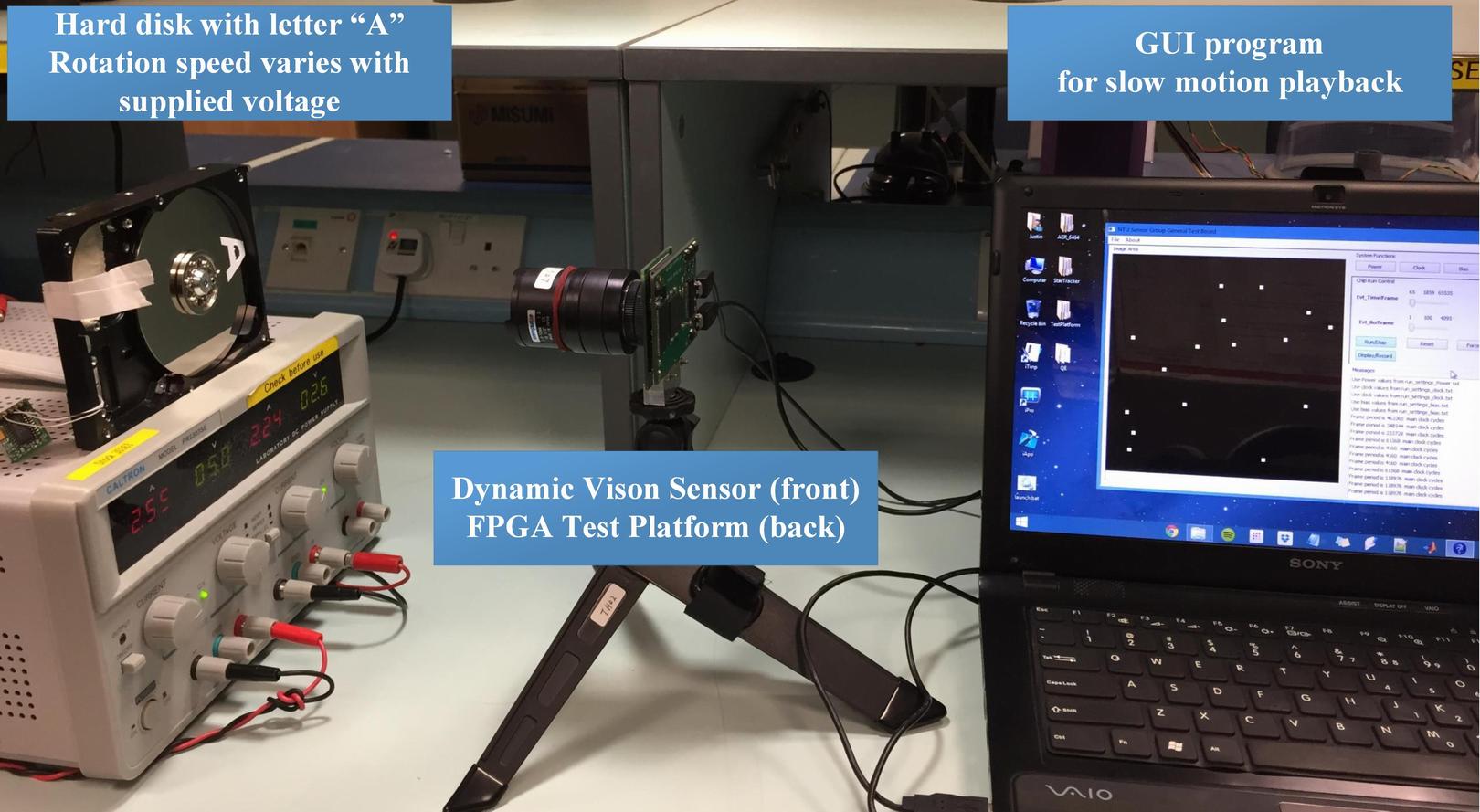 |
We developed a new generation Dynamic Vision
Sensor (DVS), namely CeleX-I. It's featured with 192x160 pixels, die size of 7.5x7.5 mm2
and pixel footprint of 30x30 um2. The chip consumes about 50 mw with
power supply at 3.3 V. The sensor has been interfaced to a USB
interface FPGA board and user could control and collect data from
PC. It has a few operation modes: digital event, analog event,
and full-array picture-on-demand.
 |
|
2.
Fault tolerant Payload for VELOX-II Nano-satellite (2015) |
|
|
|
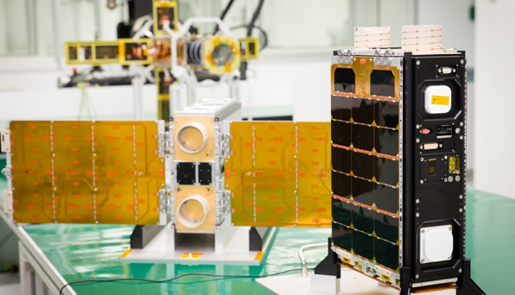 |
VELOX-II carried a payload to study an in-house
designed radiation harden by-design technology that can manage and
protect the critical data stored in the memory of the satellite.
Once proven in space, the developed technology can be applied to
many mission critical systems.
 |
|
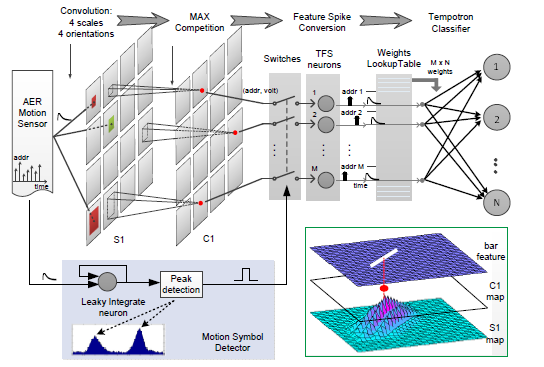 |
We developed a fully event based feedforward
categorization system, which takes data from a temporal difference
Address Event Presentation (AER) sensor. The proposed system
extracts bio-inspired cortex-like features and discriminates
different patterns using a network of leaky integrate-and-fire (LIF)
spiking neurons. One appealing character of our system is fully
event-driven processing. The concept of ^event ̄ was used in every
signal processing stage.

|
|
 |
We designed an image sensor that allows
pixel-parallel image processing at the focal plane and combines with
Address-Event-Representation (AER) readout, providing efficient
allocation of the transmission channel to only active pixels.
Asynchronous row and column arbitration circuits process the pixel
requests and make sure only one request is granted at a time in a
fairly manner when they receive multiple requests simultaneously.
In addition to the above-mentioned features, each of the pixel-level
motion detection circuit equips with a tunable slow-motion filter. When the light intensity changes
slower than a threshold, the circuits won¨t trigger digital events.


|
|
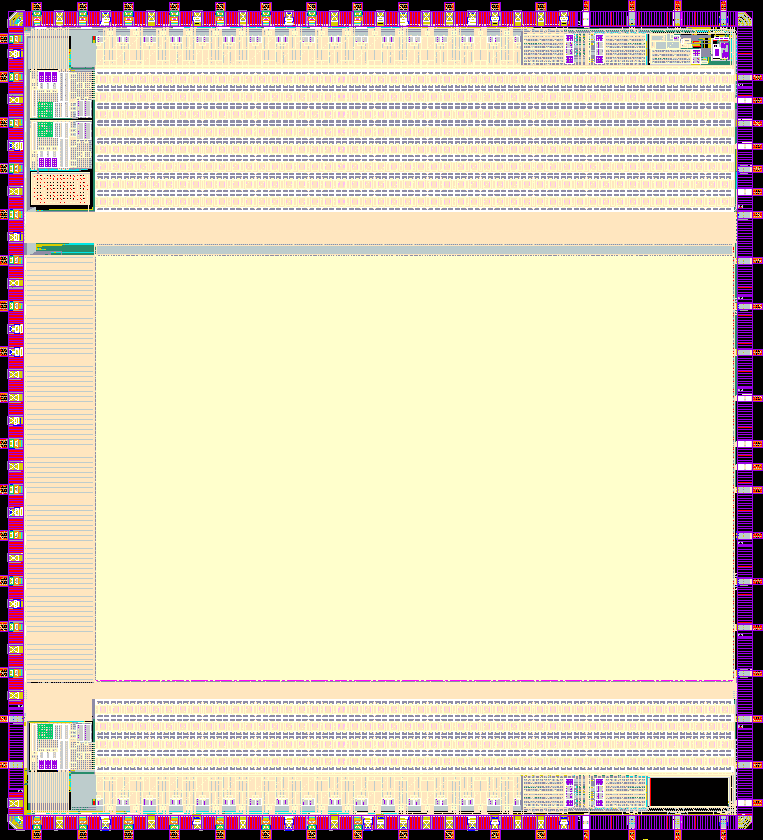 |
Part of the ^Nano-satellite System Development ̄
program. The scope of the program is to design and build an advanced
nano-satellite "VELOX-I", which will be equipped with several
innovations such as a new CMOS image sensor, a new camera mechanism
design, a new integrated attitude determination sensor and control
system, a separation mechanism and a quantum communication
experimental payload etc. In particular, the CMOS image sensor will
address a number of challenges such as space radiation, wide range
of operating temperature as well as limited exposure time.
 |
|
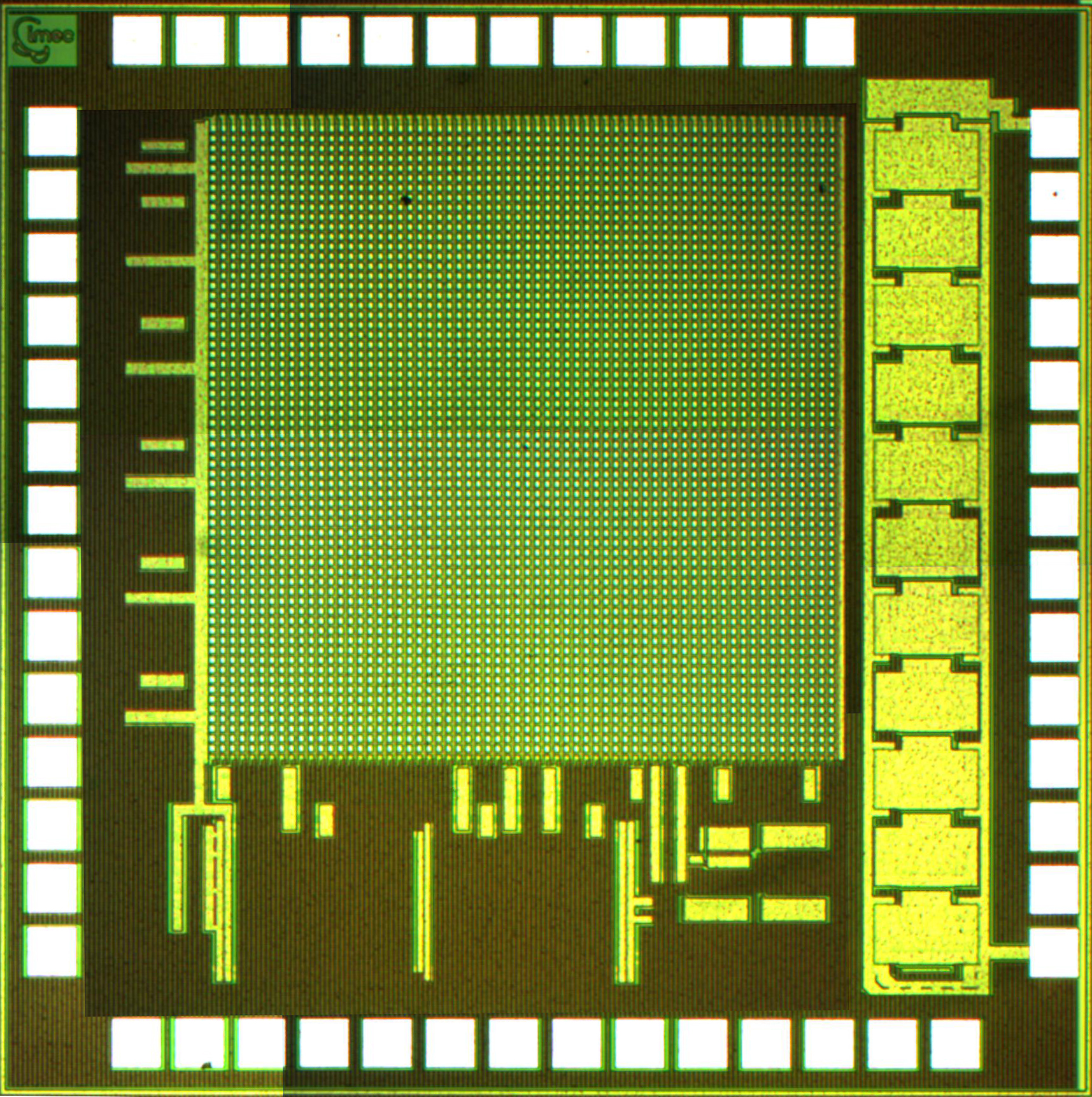 |
The chip integrates temporal difference motion
detection together with cluster-based size and position calculation. Once the motion object is located, the sensor will switch to
window mode and takes a zoomed image of the object-of-interest.
 |
|
This research aims at building a complete image
parsing and interpretation system for applications include, but not
limited to, artificial vision, interactive gaming, and monitoring of
elderly people. For instance, the increasing ageing population leads
to more investment in elderly care services and at the same time,
shortage of skilled care-givers. To effectively assess response and
assist those elderly patients in trouble becomes an important
research topic in medical elderly care services. Our research target
is to introduce and study highly-efficient biologically-plausible
engine for objects categorization, and in particular human postures
in realtime video sequences. We will study:
1) optimally encode data to remove undesired
image information by designing smart feature extraction image
sensor;
2) increase the efficiency of data-processing
circuits by novel segmentation technique and efficient classifier to
achieve robust recognition. |
|
 |
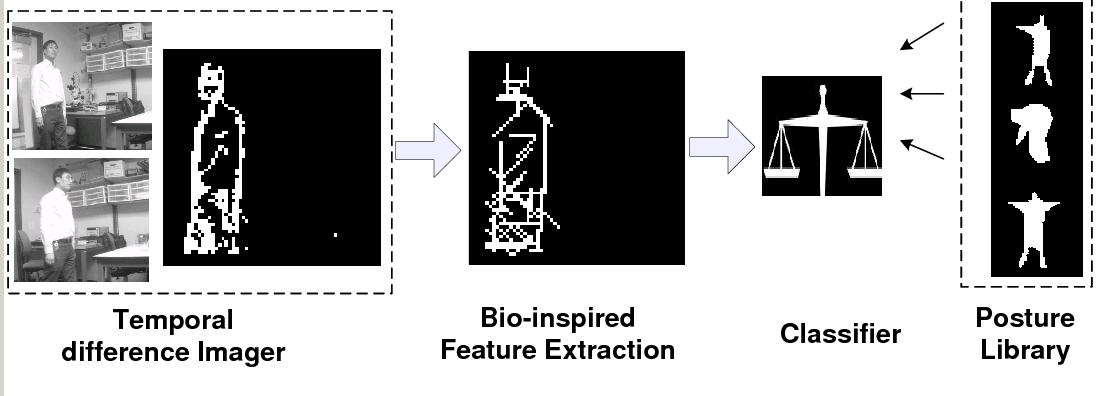 |






